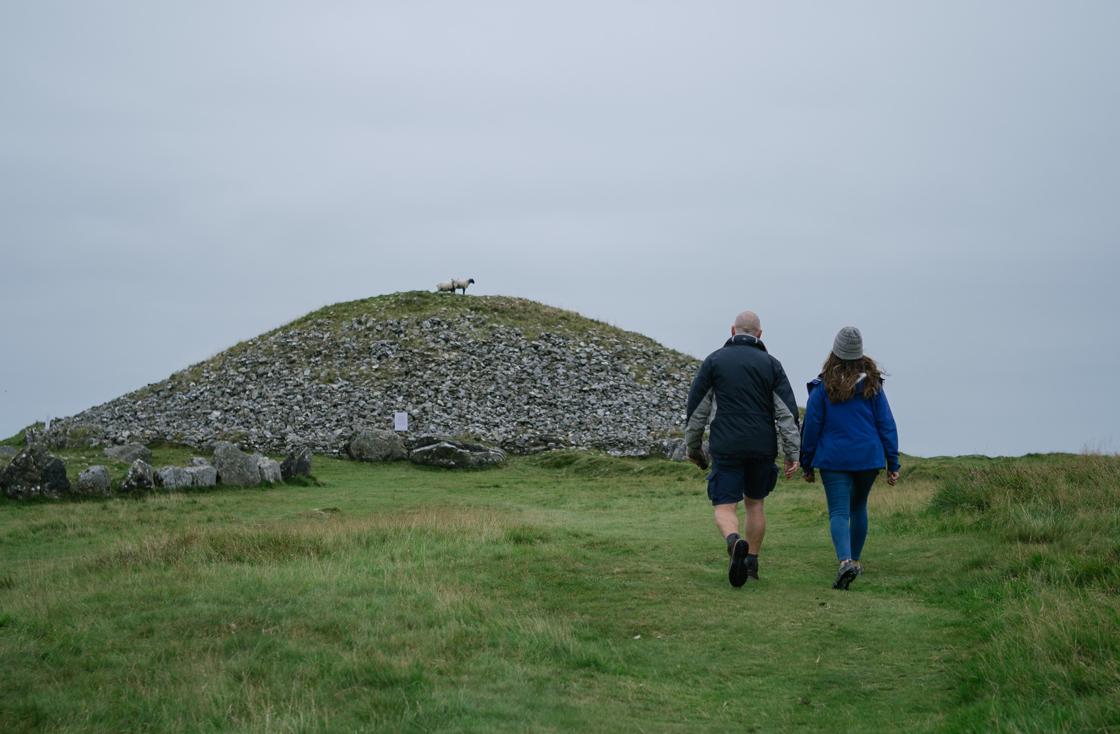Situated across County Meath and South County Louth, the Boyne Valley is a landscape steeped in history with mythology and sacred ancient sites around every corner. We are home to the World Heritage Site of Brú na Bóinne as well as magnificent Castles and more. When you are planning your visit, why not have a listen to our 21 audio guides to give you a feel for what to expect. All guides were produced by Alberta Heritage. Click on the heading of each site to listen in.
Introduction
A quick introduction to the beautiful Boyne Valley region.
Brú na Bóinne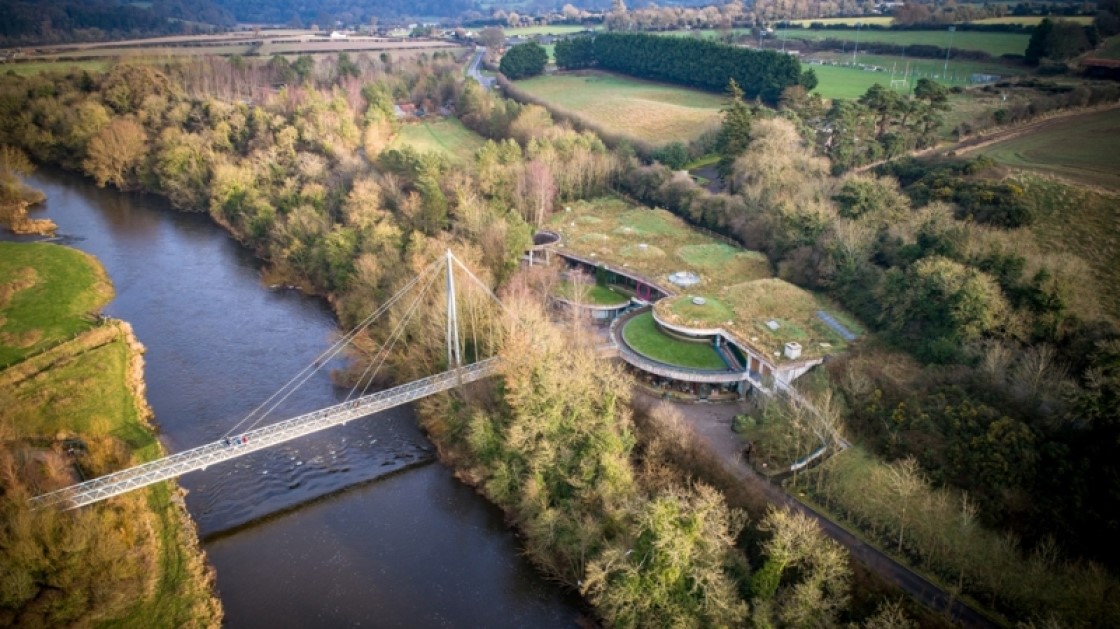
Hear all about The World Heritage Site of Newgrange, Knowth and Dowth. The Brú na Bóinne (meaning Palace or Mansion of the Boyne) complex is a truly sacred and monumental landscape, and one of the most important prehistoric landscapes in the world and a UNESCO World Heritage Site.
Ardmulchan Church
The ruins of the fifteenth century Ardmulchan Church stand on the south side of the River Boyne and overlook one of the most beautiful vistas of the landscape.
The Hill of Tara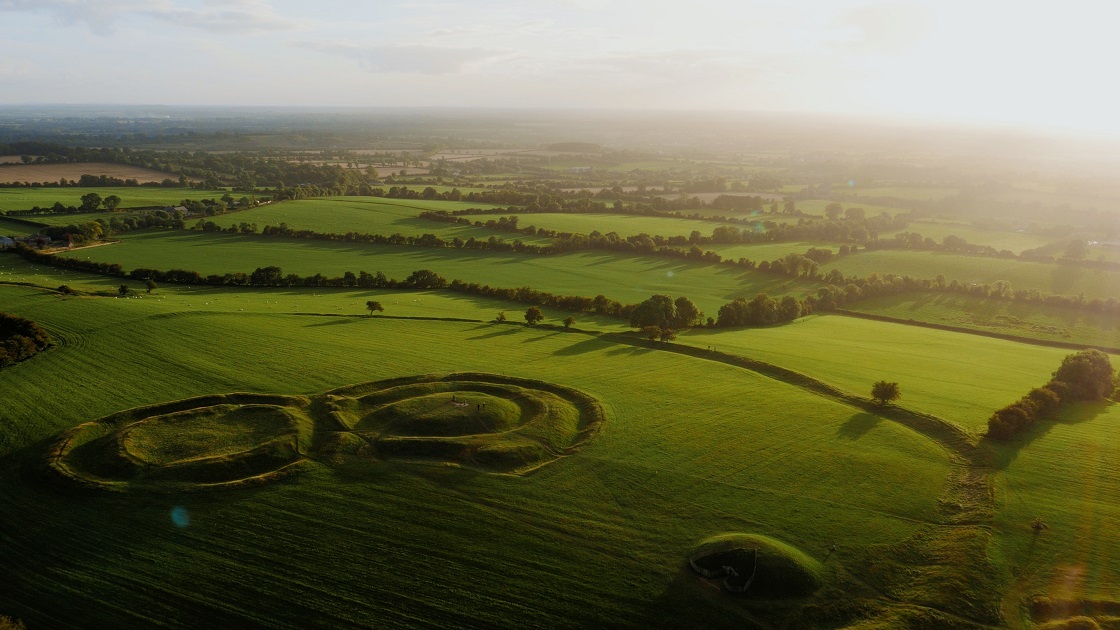
The Hill of Tara is one of the most iconic archaeological landscapes in Ireland. A site that has been in use for more than 5000 years as a place of burial and assembly, it grew to fame as the legendary inauguration site of the ancient High Kings of Ireland. From its rolling slopes one can see all the way to the other great sites of the Boyne Valley, including Loughcrew Cairns, the Hill of Slane, Trim Castle and beyond. In later centuries it remained the focus of Gaelic identity and remains to this day the beating heart of Ireland.
Bective Abbey
Bective Abbey is a superb heritage site located in the valley of the River Boyne. It was founded in 1147 by the King of Meath and given to the Cistercian Order. Bective was a ‘daughter house’ of Mellifont, the first Cistercian foundation in Ireland.
Trim Castle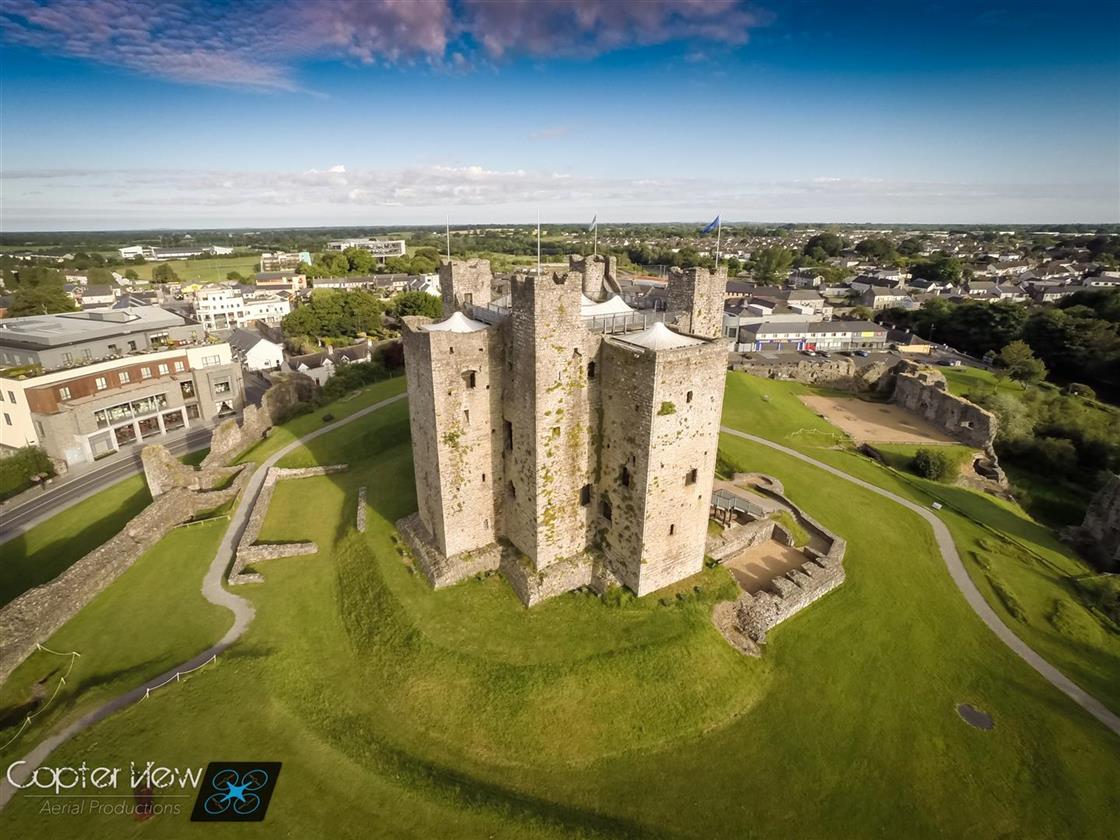
Trim Castle is the largest and undoubtedly one of the most impressive Norman castles in Ireland. It stands at an important crossing point on the River Boyne, which gave the town its name, Áth Truim, or ‘the Ford of the Elder Trees’. Trim Castle was constructed by the powerful Norman lord Hugh de Lacy in the 1170s.
Hill of Ward and Rathmore Church
Tlachtga, now known as the Hill of Ward, is an important prehistoric site near the town of Athboy in Co. Meath. It comprises a quadrivallate enclosure (with four banks and ditches). From the hill views may be enjoyed towards the other important hills of Meath, including Tara, Loughcrew and the Hill of Lloyd.
Loughcrew Cairns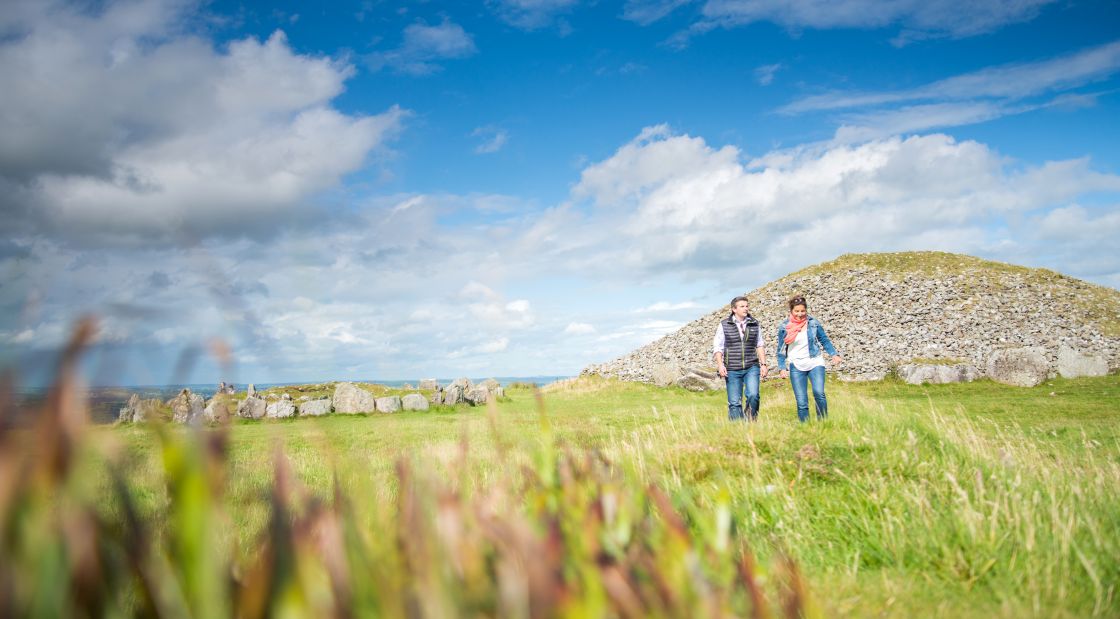
The incredible passage-tomb cemetery of Loughcrew is located near the village of Oldcastle in County Meath.
Kells
Kells has a treasure trove of superb heritage sites to discover. The Spire of Lloyd, St Colmcille’s House, Kells High Crosses and so much more.
Donaghmore Round Tower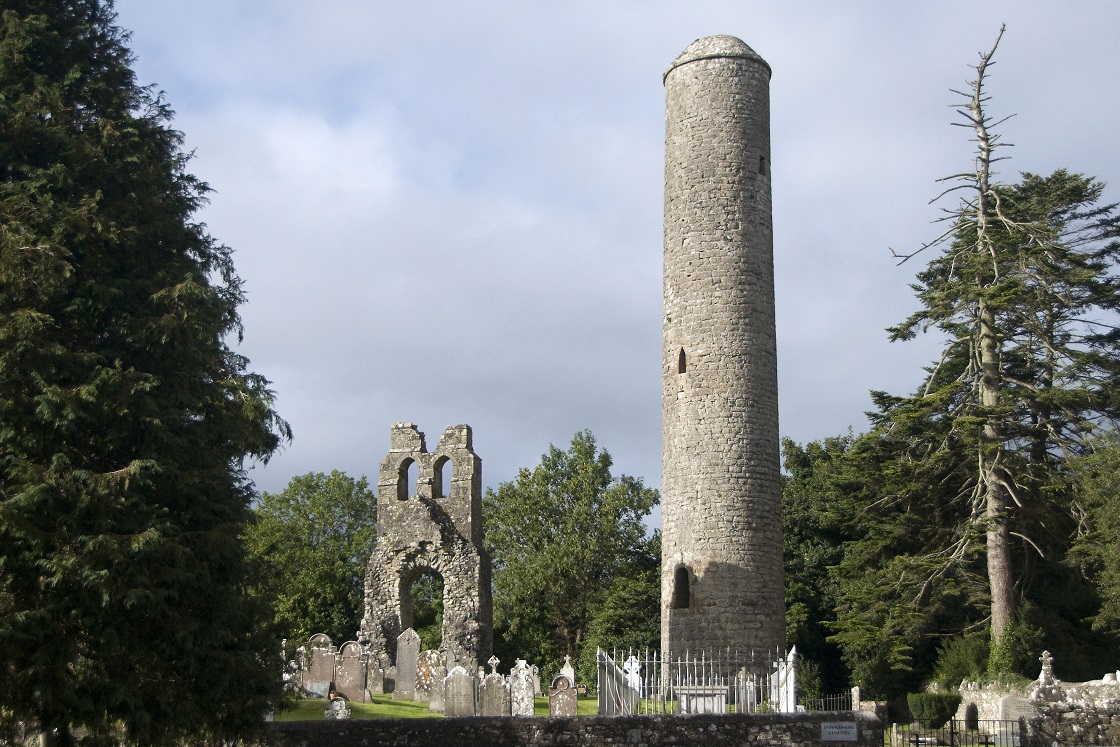
Legend has it that a monastery was founded at Donaghmore by St. Patrick who placed it in the care of his disciple St. Cassan. Here you can find one of the best-preserved round towers in Ireland.
Slane Castle
Perhaps most famous today for popular rock concerts, Slane Castle was originally the fortress of the Flemings, who were granted the lands in the wake of the Anglo-Norman conquest of Leinster.
Hill of Slane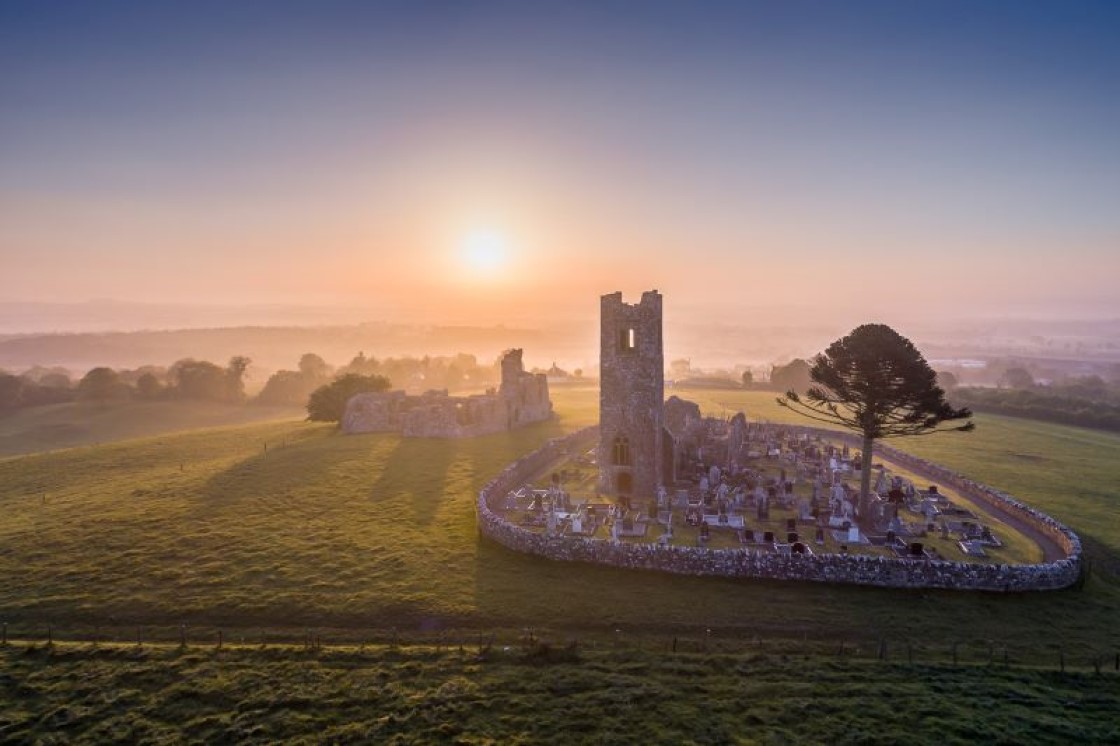
Like its near neighbour Tara, the Hill of Slane is also steeped in Irish myth, legend and history. According to Irish mythology, this was the burial place of Sláine mac Dela, king of the legendary Fir Bolg. It is from Dumha Sláine, meaning ‘burial mound of Sláine’ that we get the modern name, Slane.
The Francis Ledwidge Museum
The museum is housed in the cottage where Francis Ledwidge was born in 1887 near Slane, the eighth of nine children of a poor family. He would become one of the most important Irish poets and left a legacy of poetry that speaks of his deep love of Ireland, Meath and the Boyne Valley.
Townley Hall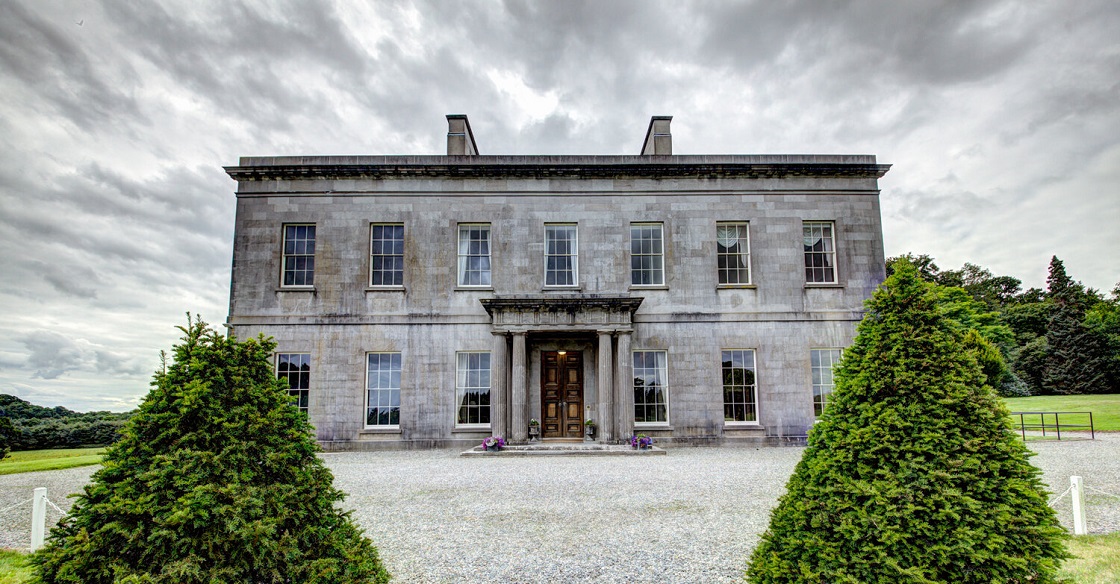
The entrance to the estate of Townley Hall lies close to a great curve in the River Boyne. A long-wooded avenue leads to the handsome Georgian mansion, built in the late eighteenth century and designed by the celebrated Classical architect Francis Johnston. Townley Hall is his masterpiece, with an austere exterior that houses a wonderful circular hall and staircase with a domed ceiling. Though today the house is not accessible to the public, you can enjoy a wonderful woodland walk through the grounds.
Old Mellifont Abbey
Mellifont Abbey was the first Cistercian abbey in Ireland, known as the ‘Mother House’, a base from which the community expanded, adding more and more institutions known as ‘daughter houses’ across Ireland. The name Mellifont comes from the Latin Fons Mellis, meaning ‘Fount of Honey’.
Monasterboice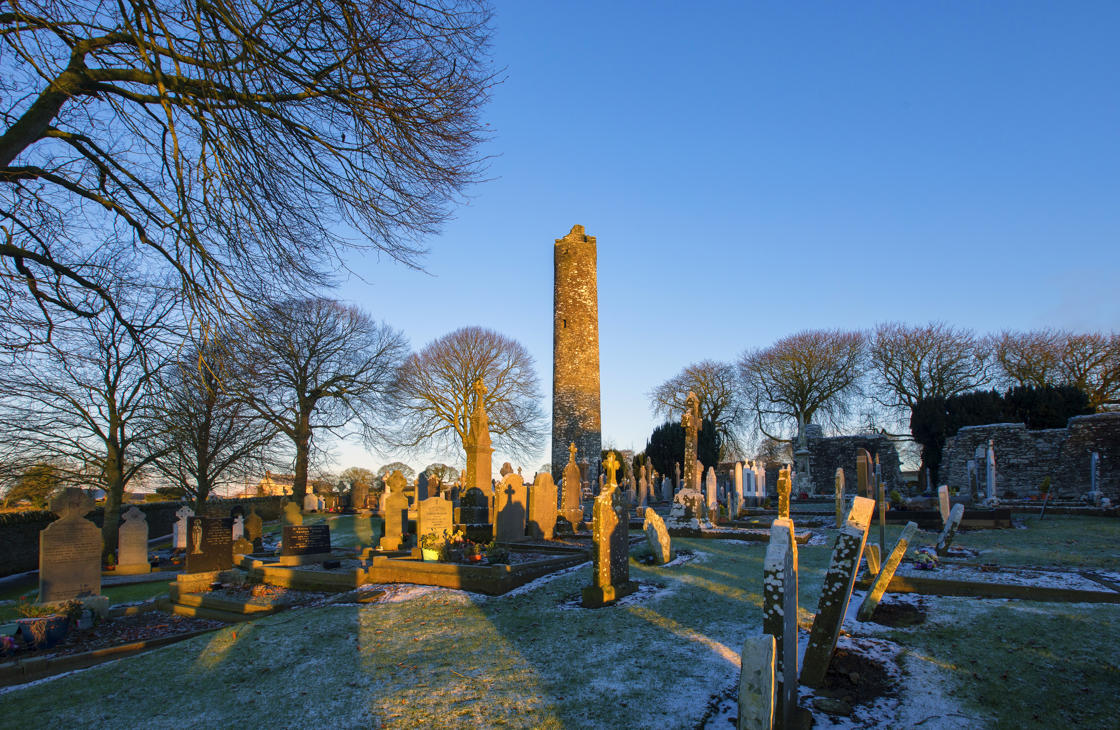
A monastery was founded here by St Buithe in the sixth century and it is from this early saint that Monasterboice takes its name; Mainistir Bhúithe, Buithe’s Monastery. Over time it flourished and grew in both size and prominence. Today, however, most of it has vanished and all that is visible is the very heart of the monastery, with a fine round tower and three high crosses, one of which is the finest high cross in Ireland, and, therefore, the world.
Drogheda
The name Drogheda comes from the Irish, Droichead Átha, meaning ‘The bridge of the Ford’. The town was founded in the late twelfth century by the Norman Lord of Meath, Hugh de Lacy. Situated near the mouth of the River Boyne, Drogheda was perfectly placed to become one of Ireland’s most important ports during the medieval period, and the town grew wealthy through trade right across Europe.
Beaulieu House and Gardens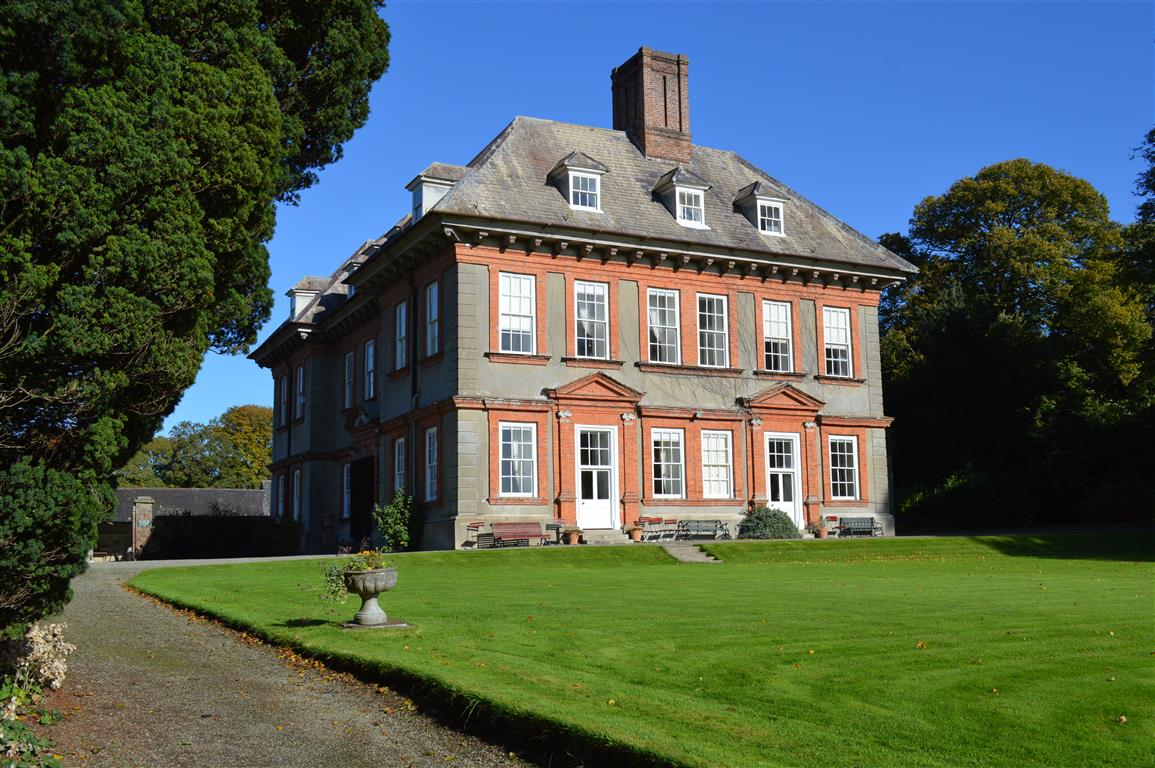
The handsome Beaulieu House dates back to the late seventeenth century. Beaulieu House was turned into the house we see today by the Tichbournes in the mid 17th and early 18th Century and has remained largely unchanged since.
Battle of the Boyne
The Boyne Valley was the setting of some of the key events of the later medieval and post-medieval periods in Irish history, the most famous being the Battle of the Boyne, the story of which is told in the modern Battle of the Boyne Visitor Centre at Oldbridge.
Duleek Abbey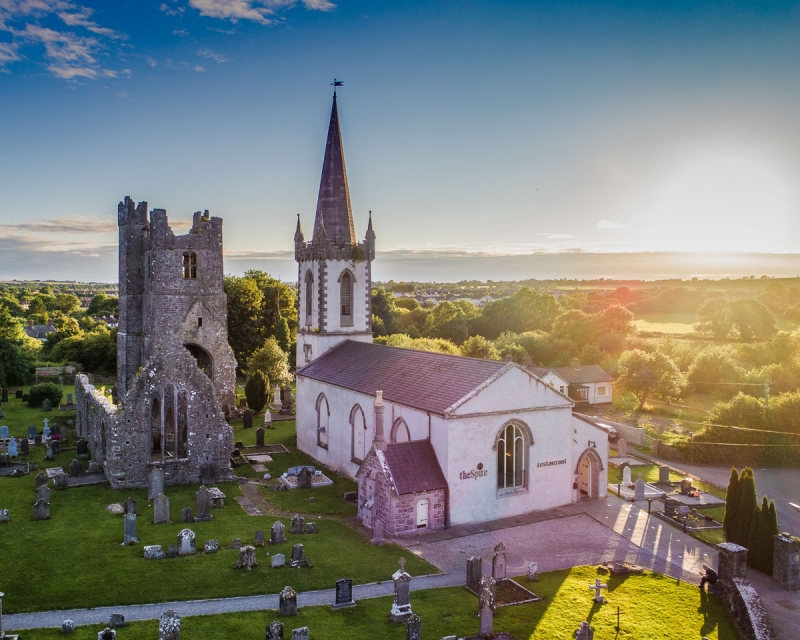
Duleek was originally founded by St. Cianan sometime before 489 AD, who is said to have built the first stone church here in Ireland.
This project is part financed by the European Union’s INTERREG IVA Cross Border Programme managed by the Special EU Programmes Body. This guide was produced by Abarta Heritage on behalf of Meath County Council with the support of Meath Tourism, Louth County Council and the Office of Public Works.
To keep up to date with all our news and special offers just sign up to our newsletter here.
